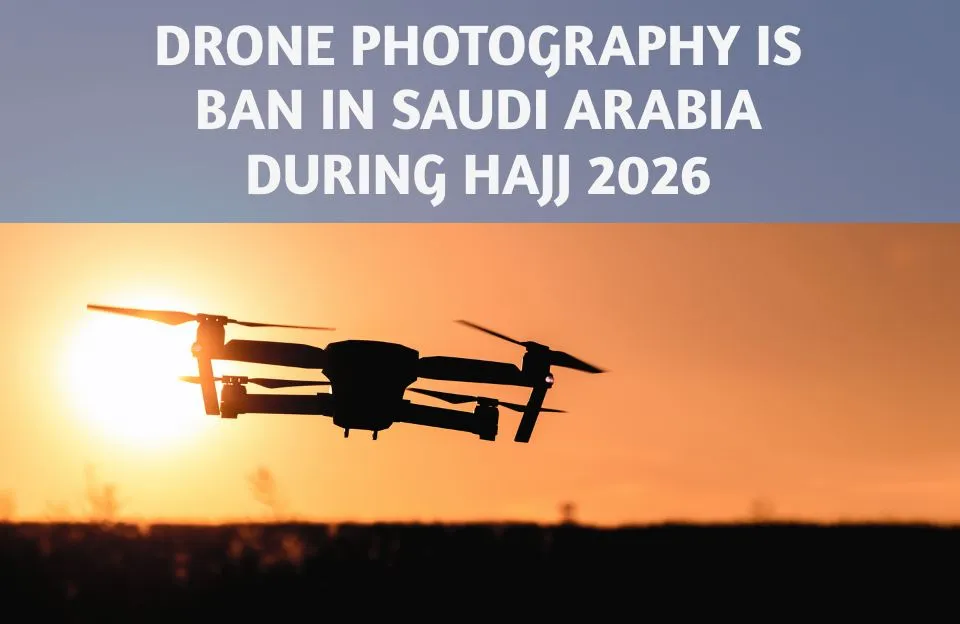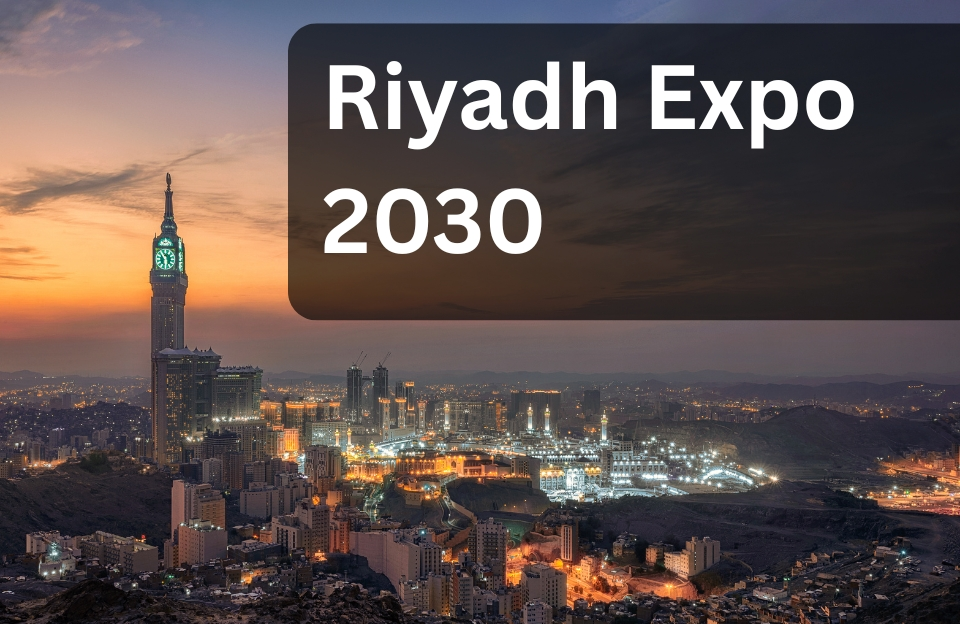Introduction
The news that drone photography is banned in Saudi Arabia during Hajj 2026 is correct. Speaking at a recent media workshop in Jakarta, Hassan Al-Manakhra, the Deputy for Foreign Relations at the Ministry, announced a complete ban on drone aerial photography during Hajj 2026, underscoring that reporters must secure explicit prior permits from the relevant agencies. This directive, embedded in the larger blueprint for modernized information management, aims to certify that pilgrims access precise, verified information and enjoy a serene pilgrimage atmosphere.
The Ministry further reiterated that capturing images of government officials, security personnel, and strategic installations is explicitly forbidden across the Kingdom. While private photography is usually permitted under narrow circumstances, taking pictures of individuals without their consent remains impermissible. Previously, Saudi authorities deployed drone-based monitoring to bolster security and crowd management, a tactic also effective in discouraging unauthorized pilgrim entry during Hajj.
Saudi Arabia has had tough rules about drones for years. Starting in 2025, travelers from abroad won’t be able to launch one unless the device has been registered. Registration is open only to residents who possess a valid national ID. Any Unauthorized drone not meeting this condition could be seized before it enters the country.
What Is Drone Photography?
Drone photography means flying a small, camera-equipped UAV—most often simply called a drone—high above the ground to shoot stills or video from an aerial vantage point. These flying devices offer an affordable, agile alternative to the towers, cranes, or helicopters once required to attain the same cinematic height. With a skilled pilot working the controls from the ground, the UAV glides from mountaintops to rooftops, giving landscapes and single properties a fresh angle.
Planners, real estate agents, recap producers, and wedding photographers now thread aerial shots seamlessly into their stories, showing the same aerial tableaux once reserved for network helicopters. Still, the devices blur the line between sky and backyard. Privacy violations and hazardous flights over crowds mean regulators now jam the bitmap of drone traffic with no-fly zones, pilot licenses, altitude caps, and geo-fencing. Each country weighs the cinematic promise against the public’s airborne anxiety, balancing mobility with liability.
Aerial Drone Photography
Pilgrims planning to attend Hajj 2026 must obtain formal clearance to operate any aerial drone in the vicinity of the holy sites. This regulation was reiterated by Hassan Al-Manakhra, who oversees international relations within the Ministry of Hajj and Umrah, at a recent media workshop in Jakarta. His principal message was that restricting unauthorized drone flights helps synchronize the various information-management platforms and thus guarantees that pilgrims receive verified and reliable guidance, enhancing the overall tranquillity and security of the journey.
As the Saudi authorities explained, the prohibition serves a dual purpose of preserving security and maintaining effective crowd control. During Hajj, millions of worshippers fill a limited space, and the presence of unregulated aerial systems might either compromise individual safety or upset the disciplined schedule that guides the rituals. This policy dovetails with the Kingdom’s own drone operations, wherein licensed security personnel employ unmanned platforms to observe and direct foot traffic. Those sanctioned flights record movements in real time, thereby enabling prompt interventions that keep the sacred environment orderly and safe for every pilgrim.
Drone Photography Services
Under the new directive, all drone photography services during the 2026 Hajj will be restricted to operators who hold explicit, advance authorization, a mandate affecting both accredited media houses and independent firms alike. The Saudi aviation sector, through the General Authority of Civil Aviation (GACA), already maintains strict oversight of drone activities; residents, therefore, must register their devices, while foreign nationals face a near-complete prohibition unless they first secure written clearance. By formally incorporating these guidelines into the Hajj framework, authorities aim to ensure seamless compliance, reaffirming the principle that enhanced oversight must automatically accompany pilgrim seasons. To prevent reliance on unsanctioned aerial imagery, the Ministry of Media urges all reporters and practitioners to channel their coverage through official spokespeople and to draw from meticulously vetted data sources.
Drone Photography Cost
The drone photography pricing itself is left unspoken in the new directive because the ruling emphasizes rules of operation instead of monetary figures. Still, the outcome is clear, anyone visiting for pilgrimage, including unapproved media, will find aerial imaging out of reach, whatever their expense can support. Legitimate business drone photography sought for the Hajj must seek advance clearance from the authorities, meaning the eventual charge will vary with the vendor and the task’s complexity. Ignoring the permission can bring steep fines, the loss of hardware, and heavier legal consequences, so the practical airborne picture expense becomes prohibitive for anyone acting outside the framework.
Banning the airborne devices is one thread of a larger thread of a pledge by Saudi Arabia to refresh the pilgrimage with cutting-edge support while prioritizing safety and security.



